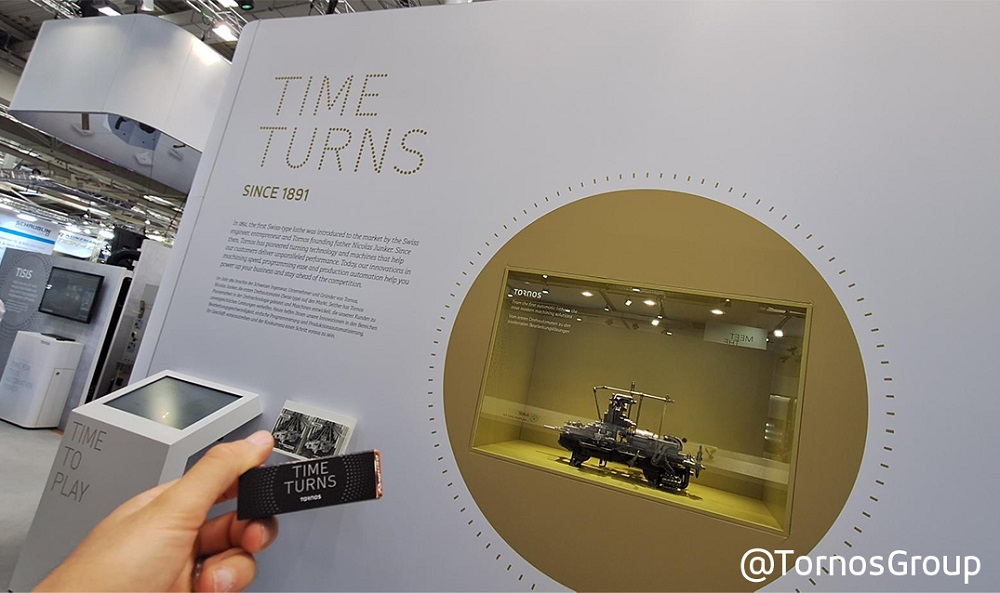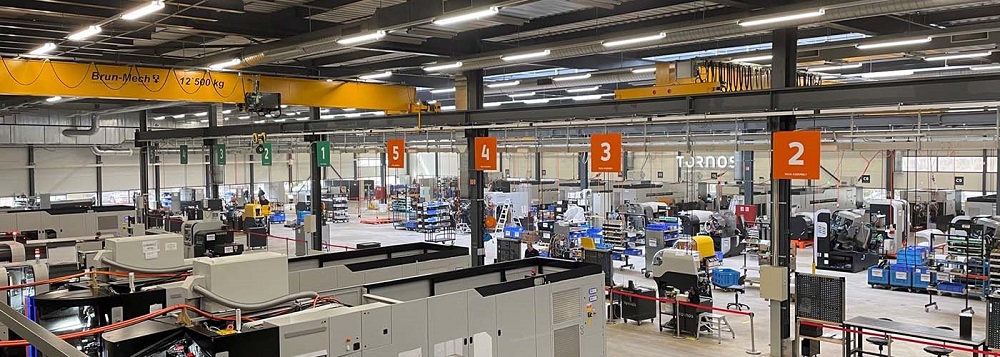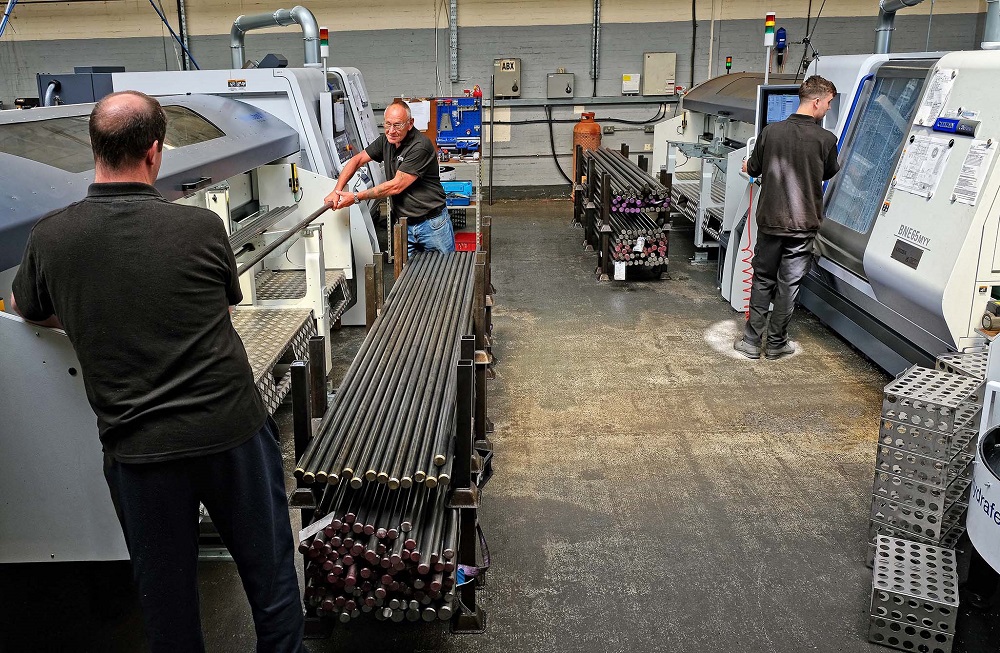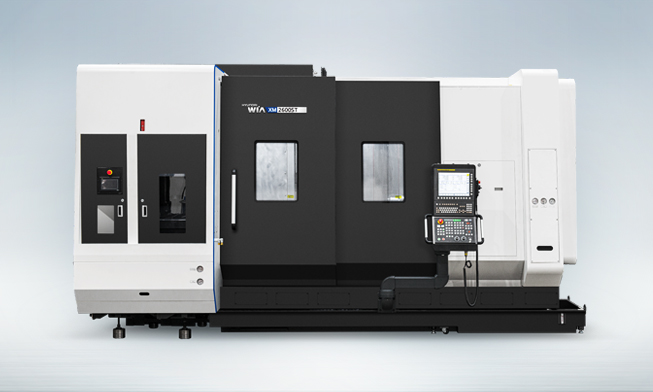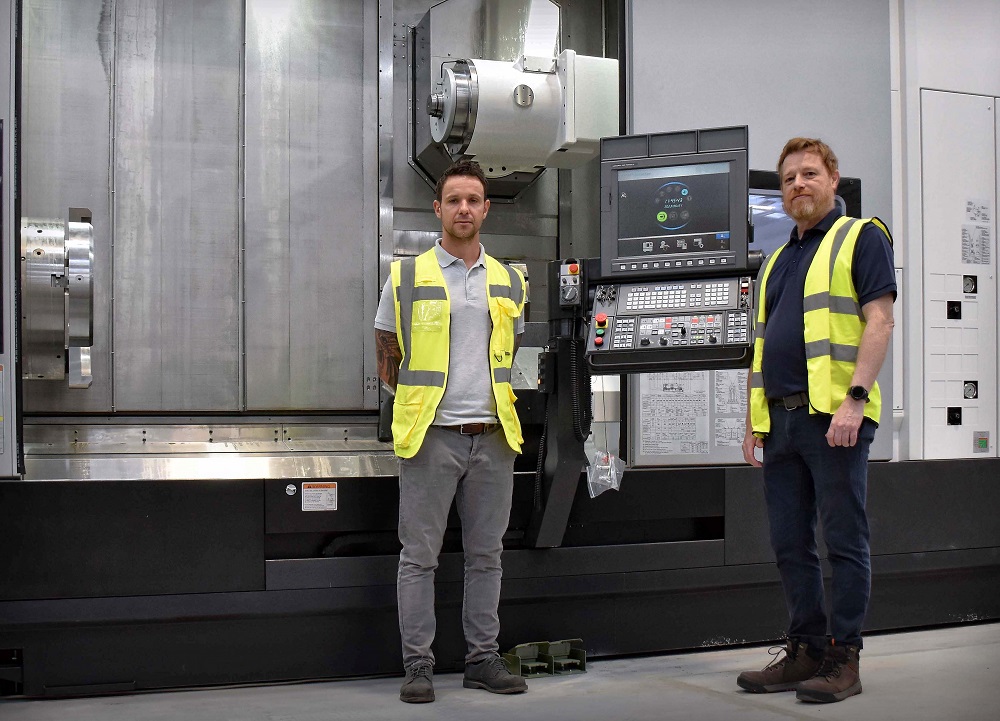Tornos unveiled its Swiss XT machine range at EMO in Hanover last month. Designed to meet the intricate needs of various industries, including medical, automotive and hydraulics/pneumatics, the Swiss XT range stands out for its versatility. Two models, the Swiss XT 16 and Swiss XT 32, accommodate 16 and 32 mm diameter bars respectively, supported by up to six live tools, including rotary tools for high-end operations.
The new Swiss XT range is of modular design, with seamless integration of additional features, like a plug-and-play B axis.
Tornos’ stand at EMO also featured the SwissNano 4 which, thanks to its kinematics, can produce two-thirds of the parts of a mechanical watch, from the simplest to the most complex, while guaranteeing surface quality. This machine’s performance is not limited to watchmaking: it is useful wherever there are requirements for quality and precision, such as the manufacture of dental implants and connectors for electronic components. These kinematics ensure a balance between rigidity and thermal stability, enabling the machine to reach operating temperature quickly and save precious production time.
Another highlight was the Swiss GT 13 B, a machine that Tornos says is unique in its class for featuring a B axis that can hold up to eight rotating tools. This six-linear axis machine for crafting intricate parts is a good choice for specialised applications, such as manufacturing dental abutments.
The stand also featured the Swiss DT 38 HP with a focus on its full capabilities. In a demonstration highlighting its versatility and multi-program functionalities, the machine produced an aluminium loupe.
For further information www.tornos.com






